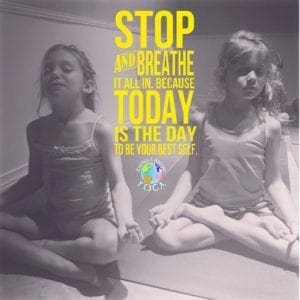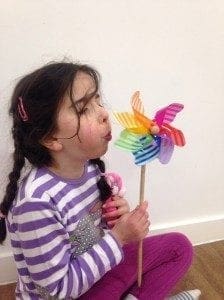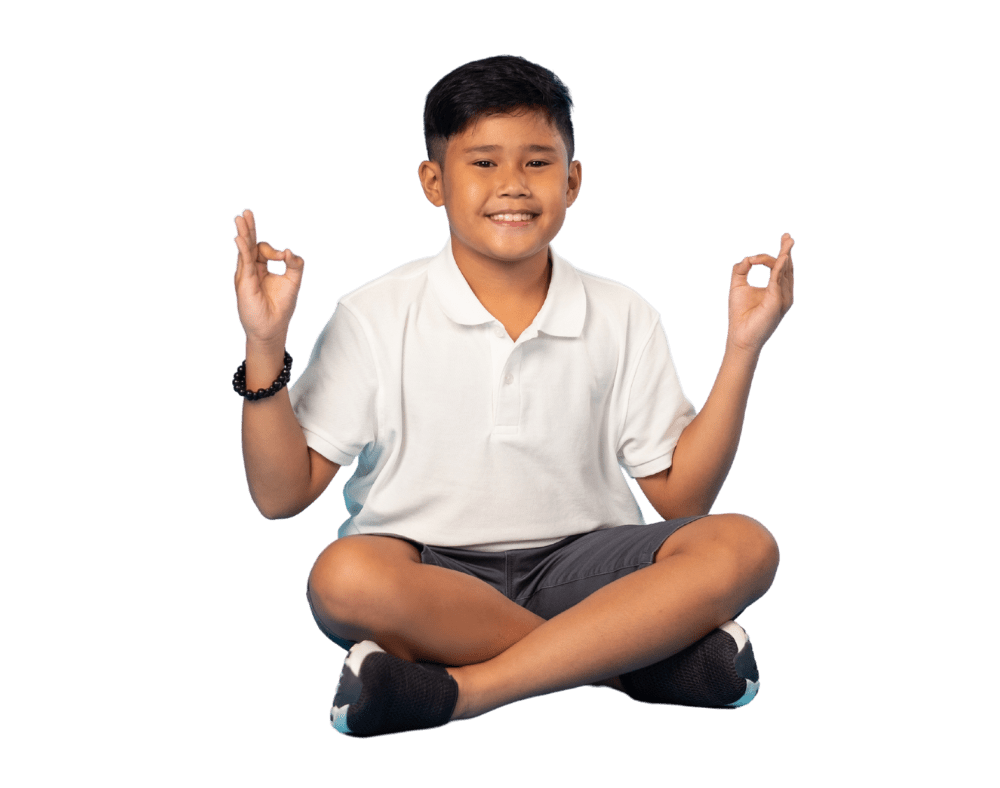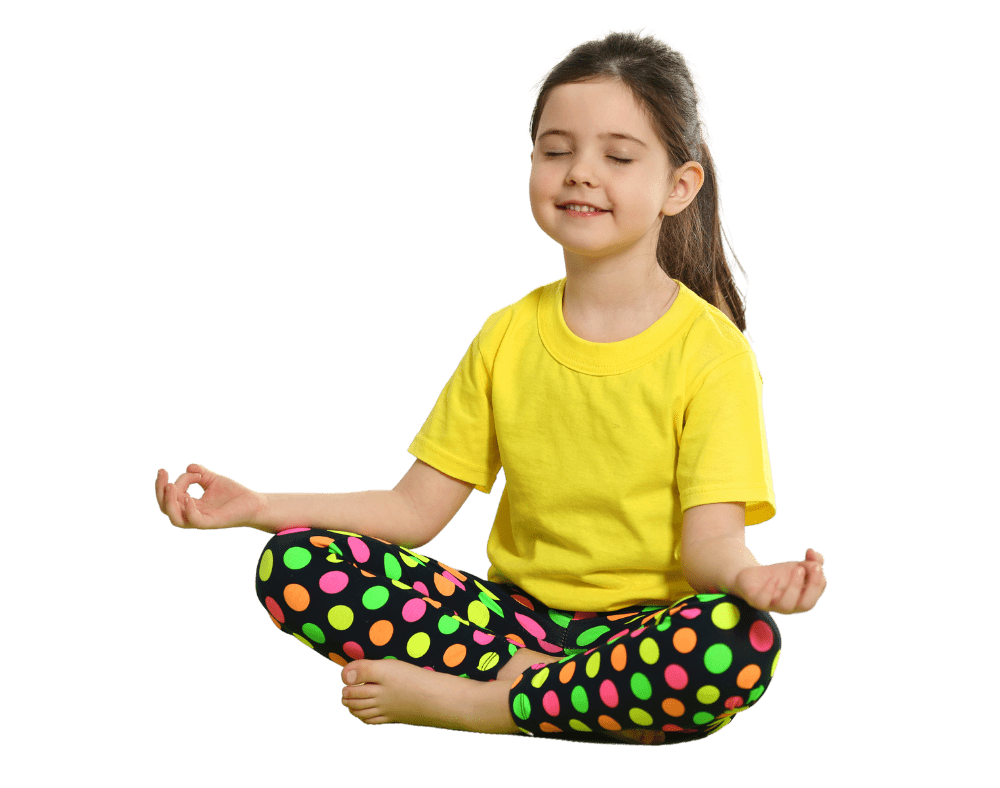
So let’s dig in and find out why a deep breath is “the most portable form of stress management” (a favorite saying of Swami Vidyananda). First, a long, mindful exhale naturally triggers the body’s relaxation response. The opposite of the more infamous “fight-or-flight” response, the relaxation response was discovered and named by Dr. Herbert Benson. It is a physical state of deep rest that changes the body’s emotional and physical responses to stress.
When your body’s relaxation response is activated, your heartbeat slows and your muscles relax. Your breathing rate slows. Your blood pressure decreases. Nitric oxide levels increase, too. The benefits even go to the cellular level – changes in mitochondria, insulin secretion, and telomere maintenance. Behaviorally, the relaxation response can affect sleep patterns, addictive cravings, anxiety, depression, and (of course) stress. Those effects make you crave a deep breath, don’t they?
So how do we tap into the power of the relaxation response? Zoning out in front of the TV won’t help. Neither will lounging on the sofa scrolling through social media (that actually makes stress worse). The most efficient route to kicking on your relaxation response is through slow, deep, mindful breathing. Deep abdominal breathing turns on the parasympathetic nervous system and increases the amount of oxygen to the brain. Attentive breathing helps you feel connected to your body which gets you out of your worried mind. Breathing! Something so simple, so natural, so powerful is the key to your relaxation response.
Breathing is super easy, right? But let’s be honest, are we really practicing breathing? Most of us…nope. So here are a few breathing techniques everyone in your family can try (and hopefully, use.):
- 7/11 Breaths: Simply breathe in through your nose to a count of seven. Exhale through your nose to a count of eleven. Repeat for at least a minute.
- Elevator Breaths: Inhale through your nose starting from the lowest part of your belly and fill up from bottom to top (belly, abdomen, chest, skull). Then exhale from top to bottom through your nose (skull, chest, abdomen, belly). Continue for at least a minute.
- Bunny Breath: Inhale three short sips of air through your nose. Pause with full lungs. Then exhale, this time through your mouth like a sigh, one long breath out.
- Partner Breath: Sit back to back with a friend (or hug a friend). Become very conscious of your partner’s breathing pattern. Try to synchronize your breathing with your partner’s. Continue to breathe together for a few minutes.
So now you know WHY you should practice mindful breathing. And you know HOW to practice. But WHEN can you practice? Because many breathing practices require focused attention on the breath, it is best not to practice when you should be alert (while driving, for instance). But, you absolutely can practice breathing while performing other tasks, like washing dishes, going for a jog, or waiting in line. Practice with your child as part of a bedtime ritual or as a way to ease into the morning chaos.
What are you waiting for? Ready…set…BREATHE!



